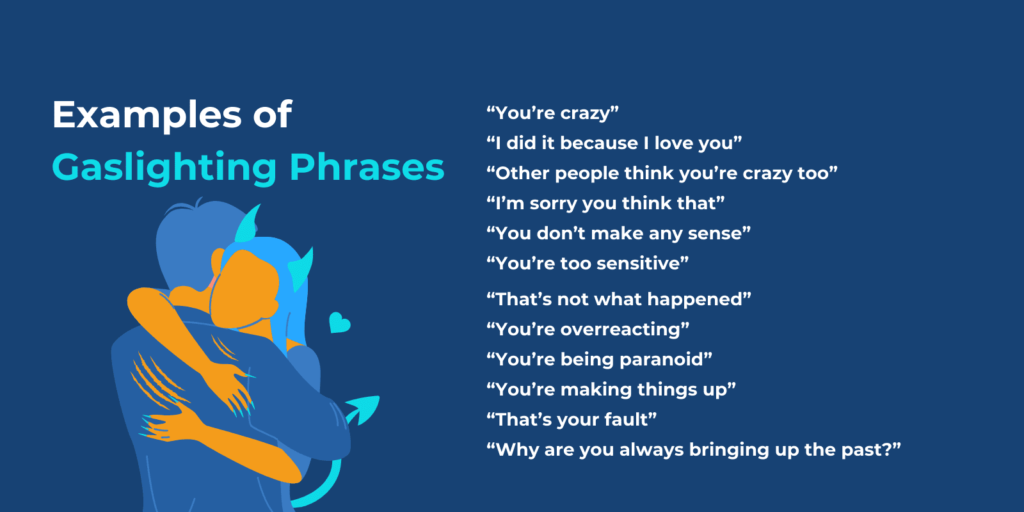How to Identify Toxic Behaviors in Relationships
Relationships characterized by possessiveness, manipulation, disrespect, and verbal abuse inflict severe emotional damage over time. Toxic behaviors should never be tolerated or normalized. Learning to recognize various unhealthy patterns early is crucial to either addressing toxicity from a partner or making the decision to end an irreparably harmful relationship.
This guide examines the most common toxic behaviors present in intimate relationships and steps to identify them clearly using concrete examples. Establishing zero tolerance firm personal boundaries against toxicity and prioritizing self-care are also vital.
Defining Toxic Behaviors
Toxic behaviors refer to unhealthy, abusive patterns in romantic relationships, including:
- Possessiveness – excessive jealousy and controlling behavior violating personal autonomy
- Manipulation – lying, denying facts, or employing guilt tactics to influence partner
- Verbal/Emotional Abuse – put downs, humiliation, isolation from support systems
- Stonewalling – refusal to communicate and emotional withdrawal or neglect
Clinical psychologist Dr. Margaret Rutherford notes toxic behaviors “chip away at self-esteem, creator anger and sadness, and make loving connection impossible.”
Verbal and Emotional Abuse Tactics
Abusers often begin exhibiting toxic behaviors subtly before escalating overtime. Early recognition of milder initial red flags like frequent condescension, criticism, and name-calling makes addressing or exiting toxicity easier.
Three Main Forms of Verbal/Emotional Abuse
- Demeaning and insulting language – derogatory remarks intended to shame or belittle their partner undermine confidence and self-worth.
- Intimidation and humiliation – bullies may yell, make threats of abandonment, or publicly shame their partners, destroying comfort and safety in the relationship.
- Isolating behaviors – discouring or sabotaging connections with close friends and family deprives victims of crucial support systems when most vulnerable.
Stonewalling and emotional neglect also often accompany verbal mistreatment.
Manipulation and Control Tactics

Abusers frequently employ psychological manipulation games rather than overt aggression. Identifying the following sneaky strategies is key:
- Lying – False promises to change or misrepresenting abusive incidents gaslight victims
- Guilt-tripping – redirecting blame for toxicity onto the victim by accusing them of overreacting or being “too sensitive”
- Undermining confidence – aggressively highlighting insecurities destroying self-assurance
- Threats – expressing suicidal tendencies or threatening to end the relationship altogether manufacture fear
Clinical social worker Lisa Firestone notes to watch for “someone trying to make you feel guilty for their problem behavior, instead of taking responsibility.” Utter refusal to acknowledge and take accountability for toxic patterns likely indicates irredeemable damage to a relationship.
Signs of Gaslighting and Stonewalling
Gaslighting
The term “gaslighting” refers to insidious mind games used by emotional abusers to deliberately destabilize a victim’s sense of reality. Gaslighters subtly undermine their partner’s judgment of events through deception, misdirection, contradiction. Common gaslighting techniques include:
- Outright denying or minimizing abusive behavior occurred despite evidence
- Projecting responsibility for toxicity onto the victim

Over time, profound self-doubt and codependency result.
Stonewalling
Stone wallers emotionally wall off from their partner, employing tactics like:
- Refusing to continue discussions when confronted about unhealthy behaviors
- Shutting down and refusing to communicate for long periods
- Deliberately ignoring a partner pleading for explanations
Victims feel abandoned, heightening anxiety.
Establishing Explicit Personal Boundaries
Partners tolerating toxicity often hesitate confronting unacceptable behaviors to avoid conflict or rupturing the relationship further. However, firmly setting boundaries displays self-respect and communicates unambiguous expectations around change.
Steps to effectively define personal deal breakers include:
- Making explicit what behaviors you consider violating using clear “I” language
- Stating both what you will no longer accept and concrete changes required from the toxic partner
- Following through on upholding boundaries, including relationship termination if necessary
For example, after a demeaning verbal insult, directly express: “I refuse to remain in a relationship where my partner belittles me. If you cannot commit to stopping hurtful language completely, I will need to leave for my mental health.”
| Red Flag Toxic Behaviors | Green Flag Alternative |
|---|---|
| Insulting language meant to undermine self-confidence | Offering genuine compliments and words of affirmation |
| Threats to end relationship during arguments | Revisiting disputes once emotions cool down |
| Pressuring you into uncomfortable situations/activities | Respecting when you say “no” |
Prioritizing Self-Care and Self-Respect
While establishing boundaries, also nurture emotional strength independently to detach from toxicity, reclaim autonomy and recognize self-worth.
Useful self-care strategies include:
- Connecting with supportive friend/family networks
- Exploring new passions and interests unrelated to the toxic partner
- Engaging therapy to process trauma and build self-confidence
- Making a realistic plan to safely exit the relationship if necessary
As licensed psychologist Dr. Darby Fox notes, the alternative to tolerating abuse remains leaving completely: “A healthy relationship is simply not possible without mutual care, trust and respect.”
Healthy vs Toxic Relationship Behavior Overview
| 🚩 Toxic Behaviors | 🚦 Potential Yellow Flags | ✅ Healthy Behaviors |
|---|---|---|
| Name-calling meant to degrade self-esteem | Occasional thoughtless comments | Offering genuine compliments |
| Violating explicitly stated personal boundaries | Dismissing concerns instead of addressing conflicts | Compromising to resolve disagreements |
| Purposefully instilling insecurities in partner | Flirting with others to incite jealousy | Secure trust and intimacy |
| Refusal to acknowledge/take accountability for harmful behaviors | Defensiveness when called out | Owning up to mistakes, apologizing |
Final Takeaways
Fundamentally, toxicity undermines intimacy. While no one deserves harmful treatment, only the abusive partner can choose to reform toxic behaviors. Setting clear boundaries and being ready to walk away remains vital. Additional emotional support resources exist through organizations like:
Prioritizing self-care first equips those suffering toxicity to then either address it or free themselves from further harm. You deserve to feel respected, safe, and valued in intimate partnerships.

